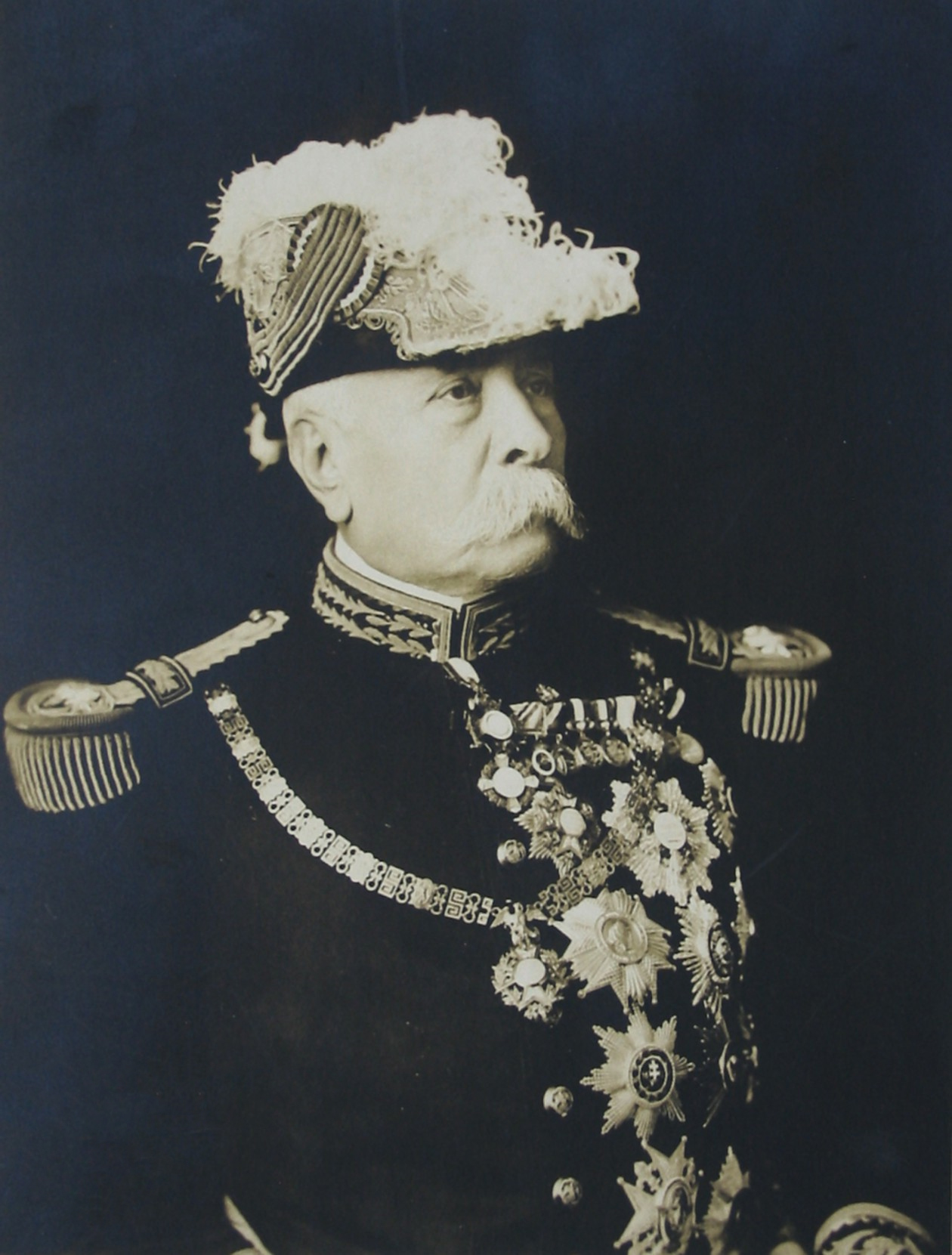|
Juan José Ríos, Sinaloa
Juan José Ríos () is an agricultural city located in Northern Sinaloa, Mexico. It is divided in two municipalities, where its major part is located in Guasave Municipality, and the rest is in Ahome Municipality. It had a population of 27,938 inhabitants (including city's both parts in Guasave and Ahome Municipalities), according to the 2010 census. History Ejido Las Vacas was founded on 21 September 1938 by presidential decision, by the then President Lázaro Cárdenas del Río. It had an area of and 179 inhabitants; of which 64 were ''ejidatarios''. Between the years of 1946 and 1951 several peasants from Los Mochis, 18 de Marzo and San Miguel Zapotitlán towns, Ahome Municipality; and La Louisiana town, El Fuerte Municipality, requested to the Agricultural Department that they be granted with plots to sow in Ejido Las Vacas. And between the years of 1953 and 1954, Agricultural Department granted all of the 672 people who had requested plots. Several towns in El Fu ... [...More Info...] [...Related Items...] OR: [Wikipedia] [Google] [Baidu] |
Political Divisions Of Mexico
Mexico is a federal republic composed of 32 federative entities (): 31 states and Mexico City. According to the Constitution of Mexico, the states of the federation are free and sovereign in all matters concerning their internal affairs. Since 2016, Mexico City was made a fully autonomous entity on par with the states. Each state federative entity has its own congress and constitution. Overview The current structural hierarchy of Mexican administrative divisions are outlined by Constitution of Mexico as well as the constitutions and laws of federative entities. The laws together established the following levels of administrative divisions. The levels in bold are those regulated by the federal constitution. * State () ** Region () or district () — only in some states *** Municipality () **** City (), town (), village (), or others ***** Colonia () — only in some cities * Mexico City () ** Borough () *** Neighborhood () The Constitution of Mexico states the country ... [...More Info...] [...Related Items...] OR: [Wikipedia] [Google] [Baidu] |
Choix Municipality
The Municipality of Choix is a municipality in the Mexican state of Sinaloa in northwestern Mexico Mexico, officially the United Mexican States, is a country in North America. It is the northernmost country in Latin America, and borders the United States to the north, and Guatemala and Belize to the southeast; while having maritime boundar ..., being the northernmost municipality in Sinaloa. Its seat is Choix. Political subdivision Choix Municipality is subdivided in 8 ''sindicaturas'': *Aguacaliente Grande *Baca *Bacayopa *Baymena *Los Pozos *Picachos *San Javier *Yecorato References Municipalities of Sinaloa {{commonscat, Choix Municipality ... [...More Info...] [...Related Items...] OR: [Wikipedia] [Google] [Baidu] |
JJR Municipio
JJR may refer to: * Japanese Journal of Radiology * Jazz Jackrabbit, video game series ** ''Jazz Jackrabbit'' (1994 video game) ** ''Jazz Jackrabbit'' (2002 video game) * Jejuri Jejuri (Marathi pronunciation: ͡ʒed͡zuɾiː is a city and a municipal council in the Pune district of Maharashtra, India. Khandoba Mandir is an important Hindu temple to the Hindu Lord Khandoba, one of the most visited tirtha (holy pla ..., in Maharashtra, India * Zhár (Bankal) dialect of Jarawa language of Nigeria {{disambiguation ... [...More Info...] [...Related Items...] OR: [Wikipedia] [Google] [Baidu] |
Guasave
Guasave () is a city and the seat of the homonymous municipality known as the Agricultural Heart of Mexico (El Corazon Agricola de Mexico) in the Mexican state of Sinaloa. It is located in the northwestern part of Mexico, 62km (38 miles) southeast of the city of Los Mochis and 150km (93 miles) northeast the state capital Culiacán. It stands at . In the 2010 census, the city reported a population of 71,196, making it the fourth-largest community in the state, after Culiacán, Mazatlán, and Los Mochis. The municipality has a land area of 3,464.41 km2 (1,337.62 sq mi) and includes many other outlying communities, the largest of which are Juan José Ríos, Gabriel Leyva Solano, Adolfo Ruiz Cortines, El Burrion and Bamoa. Transportation The Mexican Highway Number 15 (Carretera Internacional Numero 15) passes through the city north to south direction. The city is served by Campo Cuatro Milpas Airport, offering air services within the region. Tourist attractions San Ignacio ... [...More Info...] [...Related Items...] OR: [Wikipedia] [Google] [Baidu] |
Homonym
In linguistics, homonyms are words which are either; '' homographs''—words that mean different things, but have the same spelling (regardless of pronunciation), or '' homophones''—words that mean different things, but have the same pronunciation (regardless of spelling). Using this definition, the words ''row'' (propel with oars), ''row'' (a linear arrangement) and ''row'' (an argument) are homonyms because they are homographs (though only the first two are homophones); so are the words ''see'' (vision) and ''sea'' (body of water), because they are homophones (though not homographs). A more restrictive and technical definition requires that homonyms be simultaneously homographs ''and'' homophoneshomonym ''Random House Unabridged Dictionary'' at dictionary.com—that is, they have identical spelling ''and'' pronunciation but different mea ... [...More Info...] [...Related Items...] OR: [Wikipedia] [Google] [Baidu] |
Seat (legal Entity)
In legal English and in rules applicable elsewhere, the seat of an organisation is the centre of authority. Commercial The seat of a corporation is the publicly-registered headquarters, or the registered office of a corporate entity. Also referred to as the siège réel, or head office, it is the legal centre of operations and the locale that generally determines the laws that bind the corporation. Austrian nationally-based seat requirements for architects and engineers were criticised by the European Commission in 2016, as the Commission believed the requirements were not consistent with the EU's Services Directive of 2006. Government A seat is a competitive position of trust, or public trust, within a government that is normally filled by election An election is a formal group decision-making process whereby a population chooses an individual or multiple individuals to hold Public administration, public office. Elections have been the usual mechanism by which m ... [...More Info...] [...Related Items...] OR: [Wikipedia] [Google] [Baidu] |
IPA For Spanish
IPA commonly refers to: * International Phonetic Alphabet, a system of phonetic notation ** International Phonetic Association, the organization behind the alphabet * India pale ale, a style of beer * Isopropyl alcohol, a chemical compound IPA may also refer to: Organizations International * Insolvency Practitioners Association, of the UK and Ireland * Institute of Public Administration (other) * International Peoples' Assembly * International Permafrost Association * International Play Association * International Police Association * International Polka Association * International Presentation Association, network of Presentation Sisters * International Psychoanalytical Association * International Publishers Association, representing book and journal publishing Australia * Institute of Public Accountants * Institute of Public Affairs India * Indian Pharmacist Association * Indian Polo Association United Kingdom * Infrastructure and Projects Authority * Institute o ... [...More Info...] [...Related Items...] OR: [Wikipedia] [Google] [Baidu] |
Francisco Labastida Ochoa
Francisco Labastida Ochoa (; born 14 August 1942) is a Mexican economist and politician affiliated with the Institutional Revolutionary Party (PRI), who became the first presidential candidate of his party to lose a presidential election, which he did in the 2000 presidential election to Vicente Fox. Labastida was born to Gloria Ochoa de Labastida and Eduardo Labastida Kofahl. His wife, Teresa Uriarte, was director of UNAM's Institute of Aesthetics Research. His great-grandfather fought on the side of Mexican President Benito Juárez in the War of Reform, and his grandfather was Governor of Sinaloa as well as federal deputy. Labastida served as governor of Sinaloa (1987–1992), defeating Manuel Clouthier of the National Action Party. During and after his tenure as governor, Labastida was accused of protecting Sinaloan drug traffickers and overlooking their activities. Labastida was Secretary of Energy during the administration of Miguel de la Madrid. He was also Secre ... [...More Info...] [...Related Items...] OR: [Wikipedia] [Google] [Baidu] |
Mexican Revolution
The Mexican Revolution () was an extended sequence of armed regional conflicts in Mexico from 20 November 1910 to 1 December 1920. It has been called "the defining event of modern Mexican history". It saw the destruction of the Federal Army, its replacement by a Liberation Army of the South, revolutionary army, and the transformation of Mexican culture and Federal government of Mexico, government. The northern Constitutionalists in the Mexican Revolution, Constitutionalist faction prevailed on the battlefield and drafted the present-day Constitution of Mexico, which aimed to create a strong central government. Revolutionary generals held power from 1920 to 1940. The revolutionary conflict was primarily a civil war, but foreign powers, having important economic and strategic interests in Mexico, figured in the outcome of Mexico's power struggles; United States involvement in the Mexican Revolution, the U.S. involvement was particularly high. The conflict led to the deaths of around ... [...More Info...] [...Related Items...] OR: [Wikipedia] [Google] [Baidu] |
General Officer
A general officer is an Officer (armed forces), officer of high rank in the army, armies, and in some nations' air force, air and space forces, marines or naval infantry. In some usages, the term "general officer" refers to a rank above colonel."general, adj. and n.". OED Online. March 2021. Oxford University Press. https://www.oed.com/view/Entry/77489?rskey=dCKrg4&result=1 (accessed May 11, 2021) The adjective ''general'' had been affixed to officer designations since the late medieval period to indicate relative superiority or an extended jurisdiction. French Revolutionary system Arab system Other variations Other nomenclatures for general officers include the titles and ranks: * Adjutant general * Commandant-General, Commandant-general * Inspector general * General-in-chief * General of the Air Force (USAF only) * General of the Armies, General of the Armies of the United States (of America), a title created for General John J. Pershing, and subsequently grante ... [...More Info...] [...Related Items...] OR: [Wikipedia] [Google] [Baidu] |
Public Service
A public service or service of general (economic) interest is any service intended to address the needs of aggregate members of a community, whether provided directly by a public sector agency, via public financing available to private businesses or voluntary organisations, or by private businesses subject to government regulation. Some public services are provided on behalf of a government's residents or in the interest of its citizens. The term is associated with a social consensus (usually expressed through democratic elections) that certain services should be available to all, regardless of income, physical ability or mental acuity. Examples of such services include the fire services, police, air force, paramedics and public service broadcasting. Even where public services are neither publicly provided nor publicly financed, they are usually subject to regulation beyond that applying to most economic sectors for social and political reasons. Public policy, when made ... [...More Info...] [...Related Items...] OR: [Wikipedia] [Google] [Baidu] |
Hectare
The hectare (; SI symbol: ha) is a non-SI metric unit of area equal to a square with 100-metre sides (1 hm2), that is, square metres (), and is primarily used in the measurement of land. There are 100 hectares in one square kilometre. An acre is about and one hectare contains about . In 1795, when the metric system was introduced, the ''are'' was defined as 100 square metres, or one square decametre, and the hectare (" hecto-" + "are") was thus 100 ''ares'' or km2 ( square metres). When the metric system was further rationalised in 1960, resulting in the International System of Units (), the ''are'' was not included as a recognised unit. The hectare, however, remains as a non-SI unit accepted for use with the SI and whose use is "expected to continue indefinitely". Though the dekare/decare daa () and are (100 m2) are not officially "accepted for use", they are still used in some contexts. Description The hectare (), although not a unit of SI, is ... [...More Info...] [...Related Items...] OR: [Wikipedia] [Google] [Baidu] |


